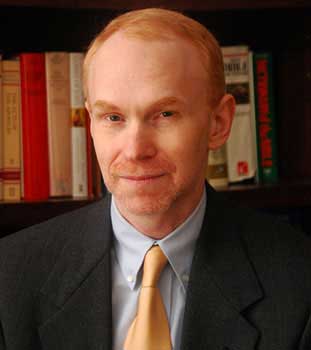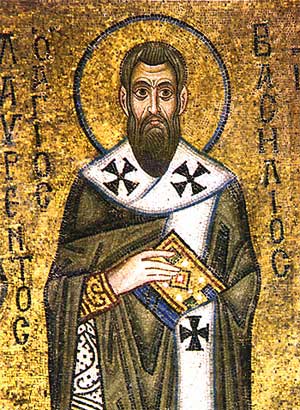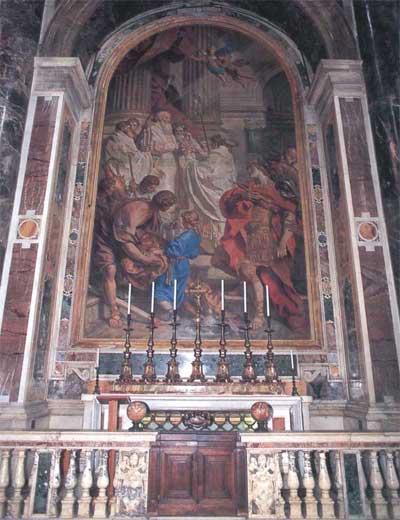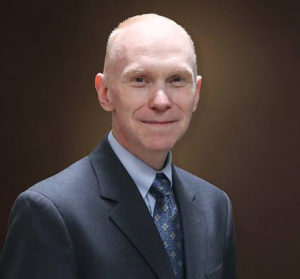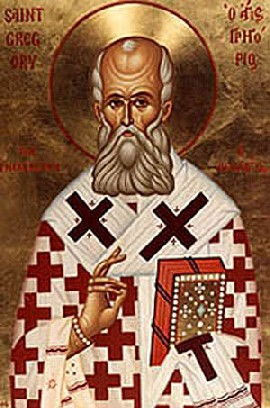Podcast: Play in new window | Download (Duration: 28:48 — 20.0MB) | Embed
Subscribe: Apple Podcasts | Spotify | Amazon Music | Android | Pandora | iHeartRadio | JioSaavn | Podchaser | Gaana | Podcast Index | Email | TuneIn | Deezer | Anghami | RSS | More
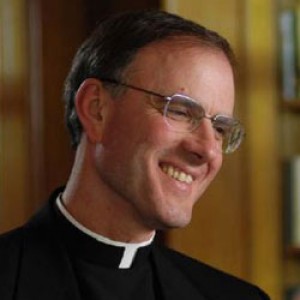 A Sister of St. Thérèse: Servant of God, Léonie Martin – Bearer of Hope with Fr. Timothy Gallagher – Episode 14
A Sister of St. Thérèse: Servant of God, Léonie Martin – Bearer of Hope with Fr. Timothy Gallagher – Episode 14
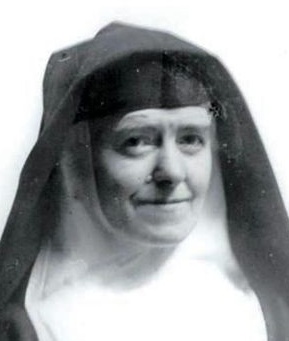
We pick up with Léonie at the dawn of the 1930s, in an era where world events begin to collide cataclysmically. She is writing to her older sister, Marie, about Pauline’s jubilee and recalling challenging medical procedures.
We also discuss the profound impact the teachings and writings of St. Francis de Sales and, to a lesser extent, St. Jane de Chantal and St. Margaret Mary Alacoque had on Léonie. Finally, Fr. Gallagher observes how the Salesian spirituality is very much in keeping with the “Little Way” of her sister, St. Therese, they are.
Léonie then imparts profound insights to her sisters following a retreat, which still rings true for all of us today.
Fr. Gallagher says, “Léonie’s life holds a significant story because she was the forgotten one; she was the one who was in the last place; she was the one who was less gifted than the others. Today we would call her a ‘problem child,’ and we’ll see that she certainly was the source of great anxiety to her parents, especially to her mother, Zélie, who loved her dearly.”
As a child, Léonie suffered from severe illnesses and physical maladies that would plague her entire life. She also struggled with understanding social clues and interactions and with behaving appropriately. Conventional educational models of the day failed to meet her particular needs, and she was labeled “developmentally delayed.” Yet those who knew her well described her as having a “heart of gold.”
Who was Léonie and what were her struggles? Why has her cause of canonization begun? Father Gallagher, along with Kris McGregor, answers these questions and explains why Léonie is “a bearer of hope” in this landmark series.
The 4 Sisters - Marie, Pauline, Leonie, and Celine
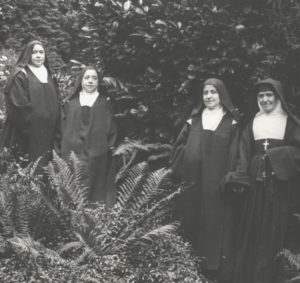
St. Thérèse
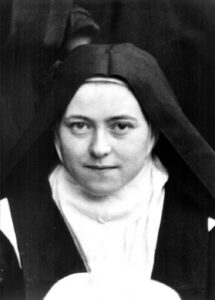
Images in this post of the Martin/Guerin family are used with permission from the Archives of the Carmel of Lisieux website for strictly non-commercial use. We encourage you to visit the website for more information on this remarkable family.
For more series Fr. Timothy Gallagher podcasts, visit here
Father Timothy M. Gallagher, O.M.V., was ordained in 1979 as a member of the Oblates of the Virgin Mary, a religious community dedicated to retreats and spiritual formation according to the Spiritual Exercises of St. Ignatius. Fr. Gallagher is featured on the EWTN series “Living the Discerning Life: The Spiritual Teachings of St. Ignatius of Loyola.” For more information on how to obtain copies of Fr. Gallaghers’s various books and audio which are available for purchase, please visit his website: frtimothygallagher.org

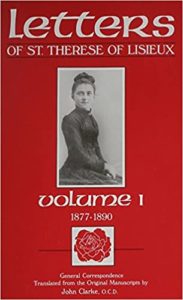

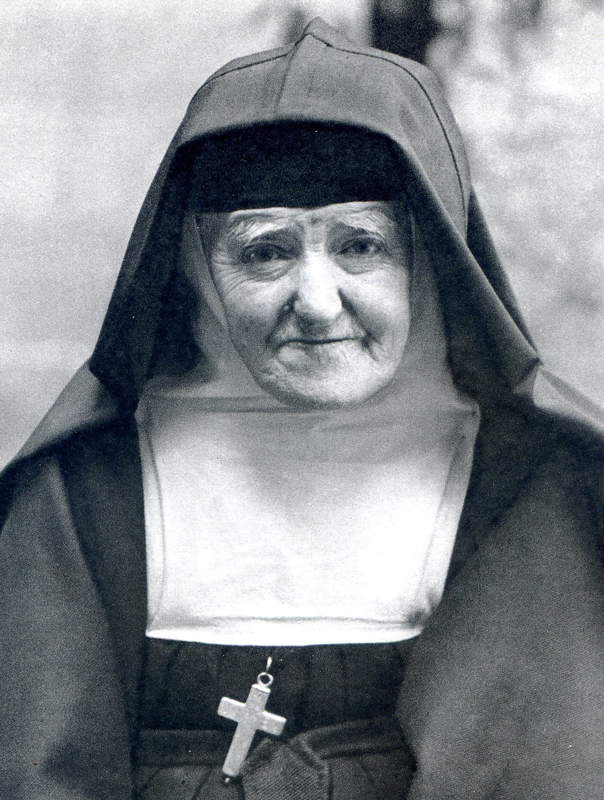 In our final episode of this series, we explore the last letters of Léonie to her surviving sisters, Pauline and Celine, and get an insight into how she is preparing herself for death.
In our final episode of this series, we explore the last letters of Léonie to her surviving sisters, Pauline and Celine, and get an insight into how she is preparing herself for death.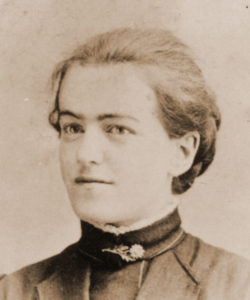
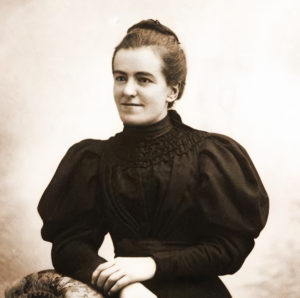
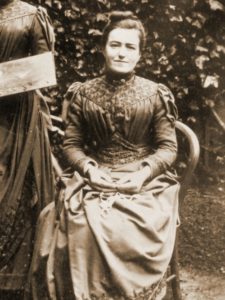
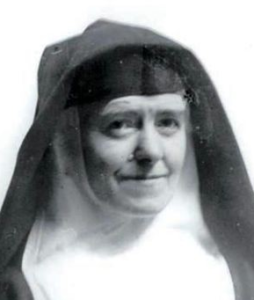
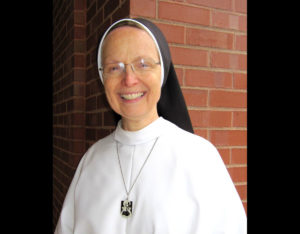 Episode 4 of 4 of And Mary’s ‘Yes’ Continues Afresh with Sr. Joseph Andrew Bogdanowicz one of the founders and the vocation director of the Dominican Sisters of Mary, Mother of the Eucharist
Episode 4 of 4 of And Mary’s ‘Yes’ Continues Afresh with Sr. Joseph Andrew Bogdanowicz one of the founders and the vocation director of the Dominican Sisters of Mary, Mother of the Eucharist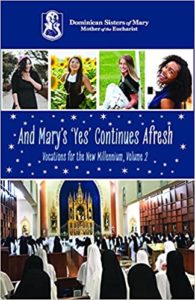
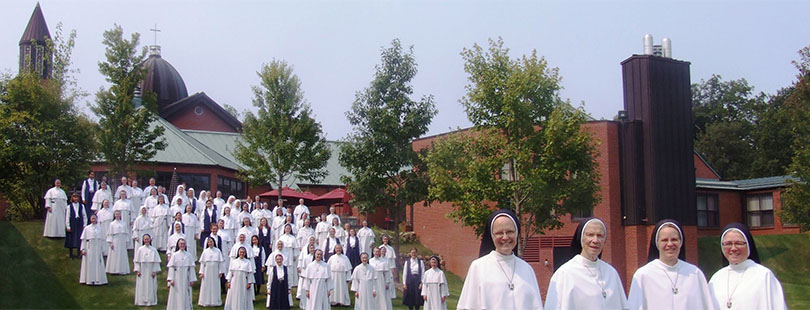
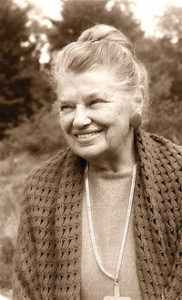 We discovered an incredible audio of a conference talk given in the late 70’s by the Baroness herself, Servant of God Catherine de Hueck Doherty. She is the co-founder of the Madonna House Apostolate and one of our absolute favorite authors. We dare you not to be moved by her words!
We discovered an incredible audio of a conference talk given in the late 70’s by the Baroness herself, Servant of God Catherine de Hueck Doherty. She is the co-founder of the Madonna House Apostolate and one of our absolute favorite authors. We dare you not to be moved by her words!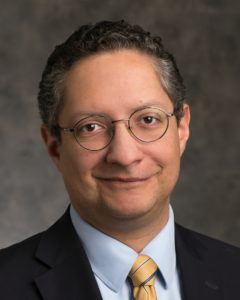
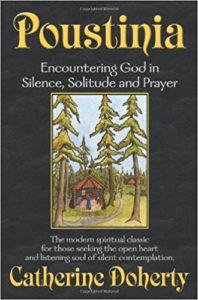
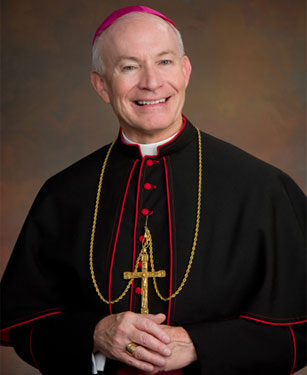
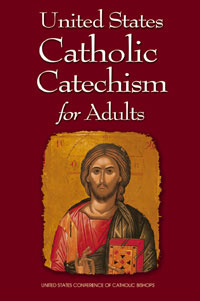
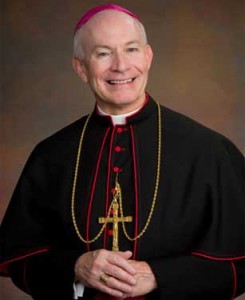
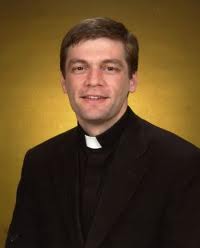
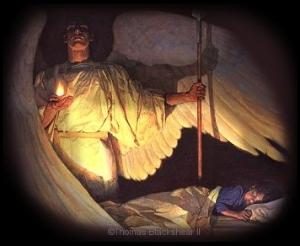 Christ “with all his angels”
Christ “with all his angels”